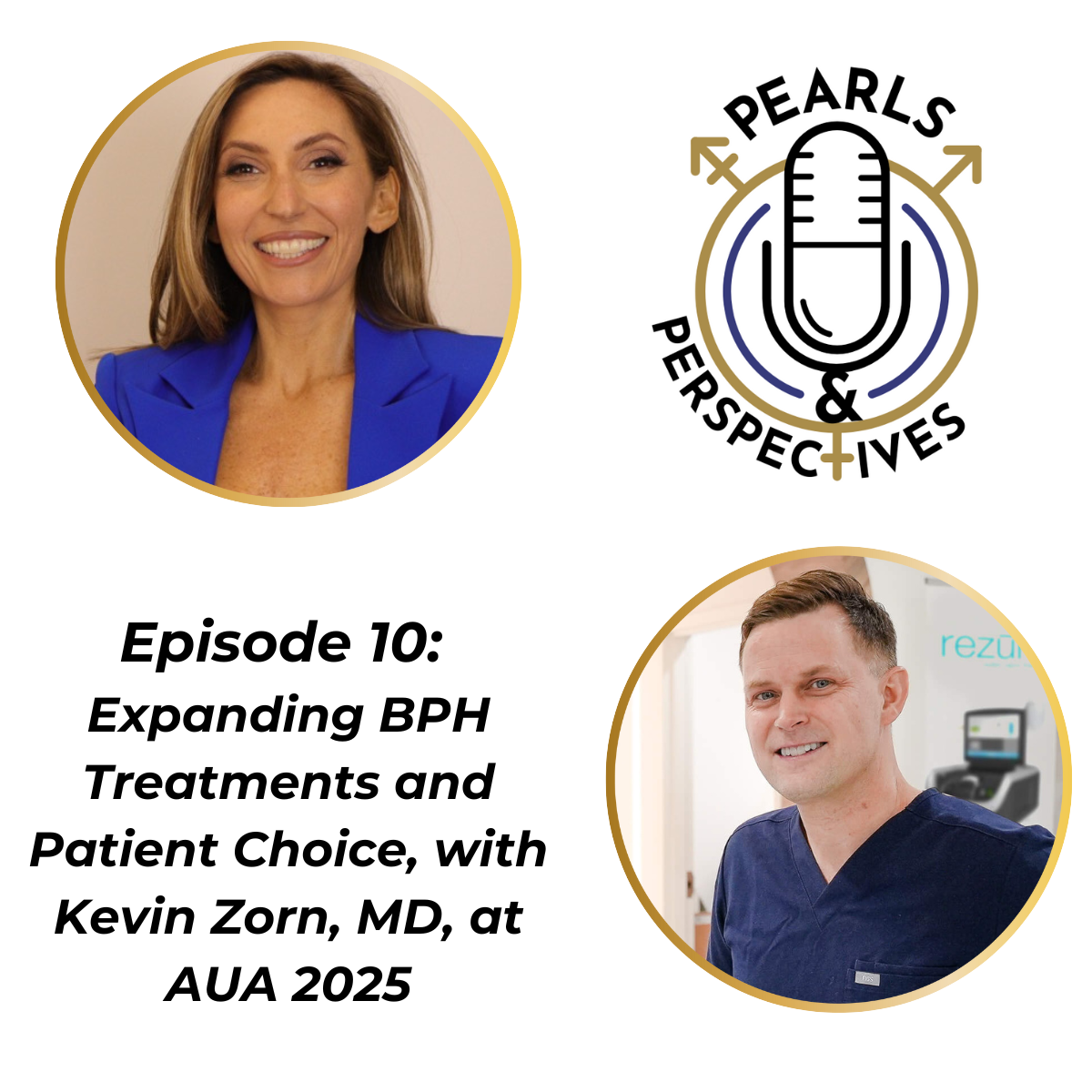Opinion
Video
Fred Saad, MD, shares phase 3 ARANOTE findings by disease volume
Author(s):
“Both groups benefited, but it would look like earlier is better if we can treat patients with low-volume disease,” says Fred Saad, MD, FRCS
- Chapters
- descriptions off, selected
- captions settings, opens captions settings dialog
- captions off, selected
This is a modal window.
Beginning of dialog window. Escape will cancel and close the window.
End of dialog window.
This is a modal window. This modal can be closed by pressing the Escape key or activating the close button.
In this video, Fred Saad, MD, FRCS, shares key findings from the study, “Darolutamide plus ADT in patients with metastatic hormone-sensitive prostate cancer (mHSPC) by disease volume: Subgroup analysis of the phase 3 ARANOTE trial,” which was presented at the 2025 American Society of Clinical Oncology Genitourinary Cancers Symposium in San Francisco, California. Saad is a professor of surgery at the University of Montreal and the director of prostate cancer research at the Montreal Cancer Institute.
Video Transcript:
What were the efficacy findings from this subgroup analysis?
In the study, about 70% of patients were high-volume, almost 30% low-volume. [When] we look at the primary end point of the study, we see that there was a 40% reduction in the risk of radiographic progression in the high-volume disease, and really quite interesting, 70% reduction risk of radiographic progression in the low-volume. Both groups benefited, but it would look like earlier is better if we can treat patients with low-volume disease. The other end points of interest were time to mCRPC, which was very significantly delayed in both groups, high- and low-volume, [with] even greater benefit in the low-volume. Time to PSA progression was also very much improved in both groups, but more so in the low-volume group. PSA response was almost 60% in patients with high-volume, and 83% reached undetectable PSA in the low-volume compared to a very low probability of reaching undetectable PSA when you were on ADT alone.
What did the safety data show?
Adverse event rates were very low in the overall study, with more discontinuation in the placebo group than in the treater group. We actually saw less fatigue in the patients on darolutamide than on placebo. The adverse event rates were very similar in both the high-volume and low-volume, so we don't see any differences in terms of adverse events, and we see benefits in both high-volume and low-volume.
This transcript was AI generated and edited by human editors for clarity.










2 Commerce Drive
Cranbury, NJ 08512
All rights reserved.







